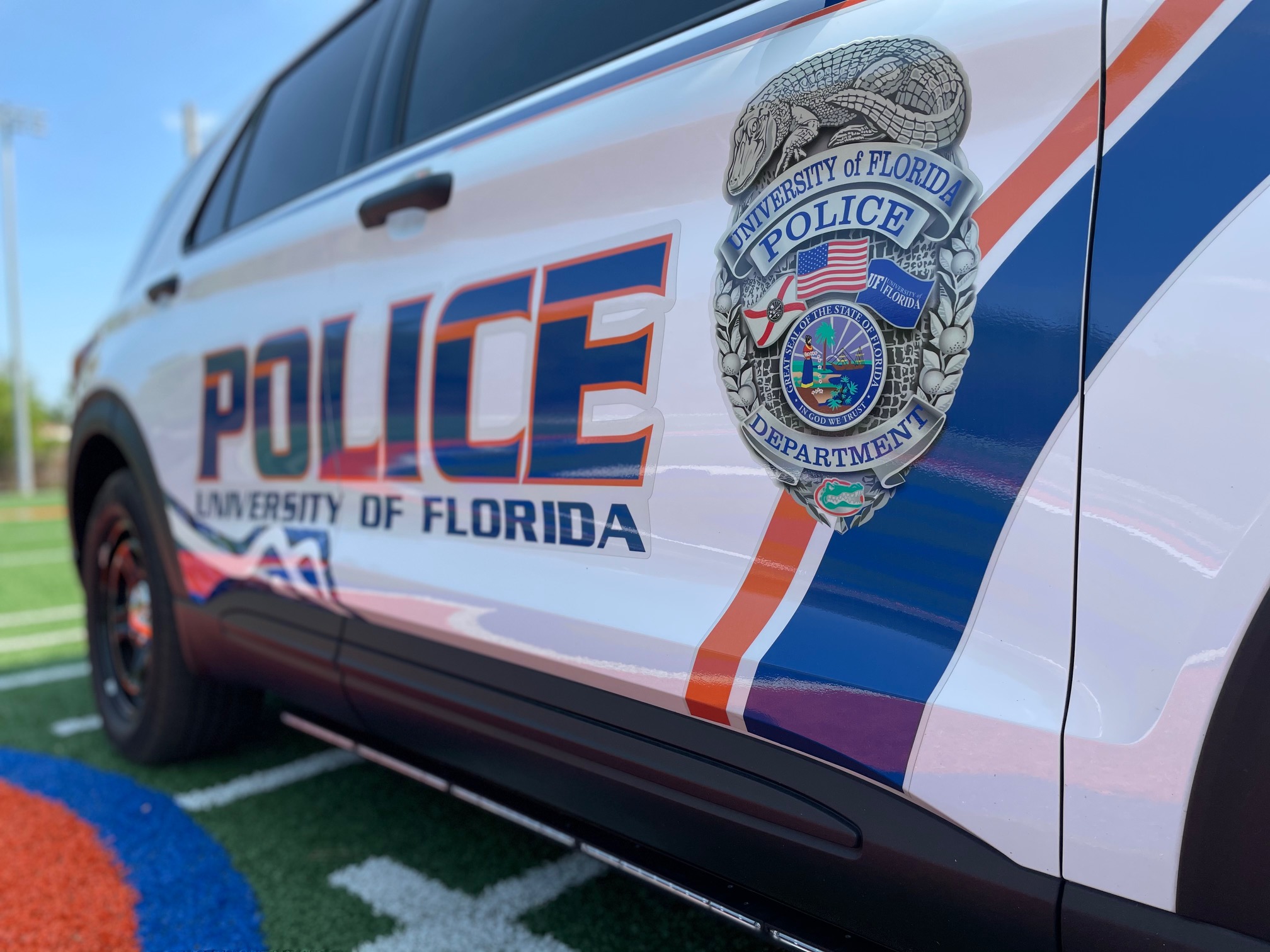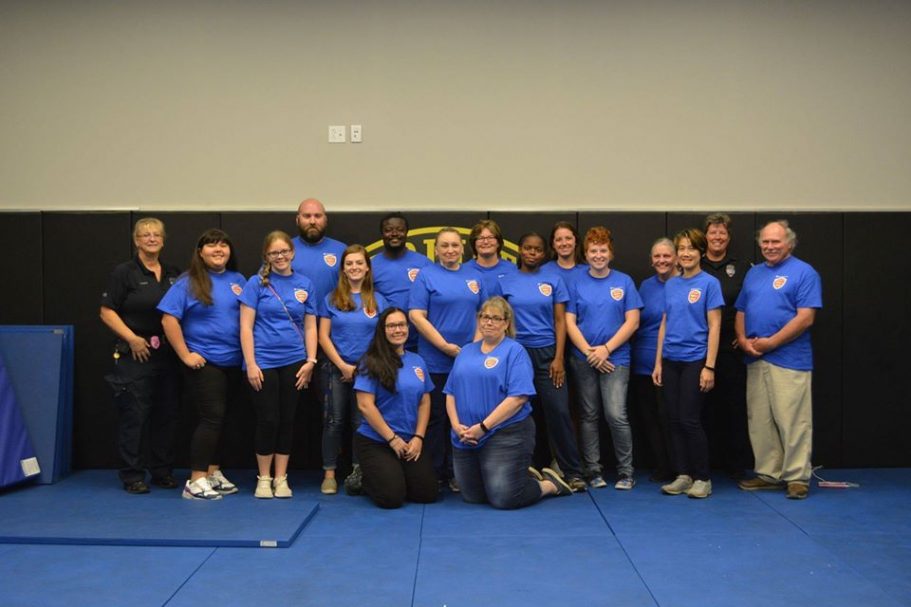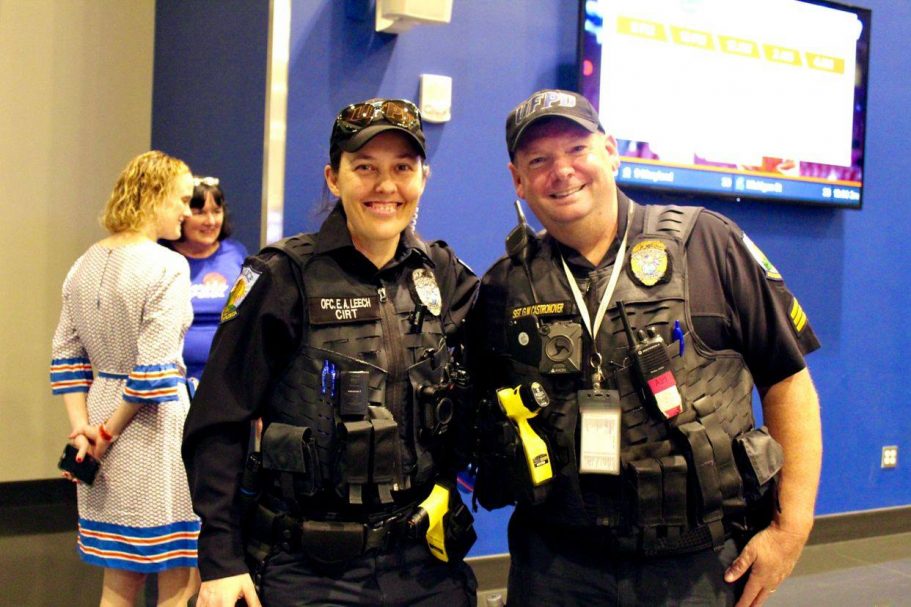- Homepage
- Community Programs
- Videos
- Domestic Terrorism
Domestic Terrorism
The video below was created for the citizens of North Florida through a grant by National Urban Area Strategic Initiatives (UASI). The media describes a citizen’s role in combating domestic terrorism through preparedness, deterrence, and planning.
For additional resources please refer to the following link: Jacksonville Sheriff’s Office
Text Transcript Below
So what about terrorism? How do we plan for it, and what do we do in response? Being prepared for a terrorist attack is not much different than preparing for any other emergency, through detection, deterring and planning, you can play a part at protecting yourself and those around you from terrorism.
In national news, the Department of Homeland Security elevated the threat level. It’s not uncommon nowadays to hear authorities ask for your help in defending our country against terrorism, and that’s because domestic terrorism is a real and growing threat. When it comes to detecting a threat, citizens are the first line of defense. You are the eyes and ears of our neighborhoods, our towns, and our country.
So what do you look for? While the diversity of terrorist groups and individuals makes it impossible to develop a single terrorist profile, there are some general characteristics we can all be on the lookout for. Remain alert for individuals who appear extremely nervous, who aren’t clothed appropriately for the time of year for the event, or who are trying to gain a position near crowds or VIPs.
Suspicious objects may also be an indicator of a terrorist act. Look for an object without an owner or that seems out of place. Oftentimes, there may be exterior wires or electronics protruding, or it may make an unusual noise. Or perhaps the object is delivered in a suspicious manner.
Terrorists may also stake out their targets and make dry runs of the attack. Indicators here may be someone photographing or observing locations or infrastructure, or someone who seems to be testing security procedures.
Terrorists may also have a different lifestyle than what we consider the norm. They’re often mobile not living in one place for longer than a year. They may have no obvious signs of employment or sources of income. They may be evasive when asked direct questions, or perhaps they try a little too hard to fit in. Much like a neighborhood watch program, you are best equipped to recognize when something is amiss in your neighborhood and the places you frequent.
You know when something just isn’t right. And oftentimes, that’s what detection comes down to–a gut instinct. Since there is no single stereotype for terrorists, it’s your experience that gives you a good sense for what is ordinary and for what is out of place. Being alert and proactive, reporting people and things that are suspicious, this decreases the terrorist’s opportunity.
Here is a more detailed list of terrorist characteristics.
- Individual activities
- Mobile lifestyle
- No obvious employment or source of income
- Average or above average intelligence
- Conspicuous adaptation to western culture and values
- Increased frequency of prayer or religious behavior
- Alone or nervous
- Mumbling prayers
- Loose bulky clothing
- Suspicious objects
- No owner
- Out of place
- Not expected
- Delivered in suspicious manner
- Unusual odor or noise
Current intelligence and common sense tells us that no one characteristic alone is cause for worry, but when many of these traits are present, there may be a cause for concern.
Chances are you already play a role in certain terrorist deterrence measures from being more aware at your children’s schools, to tighter security in your office, to more restrictions at airport curb-sides. These are all measures we live with each and every day, but they are there to reduce and eliminate vulnerabilities to the places where we live and work. This is called hardening our infrastructure. Most security expert’s agree that this is the best way to deter acts of crime and terrorism. Deterrence involves placing obstructions to stop trivial attackers and delay serious ones. This delay allows time for law enforcement to respond once an alarm is raised. Some protective measures are permanent and we must live with them day to day. In fact many of these deterrents have simply become a normal part of our routines, other protective measures are implemented during times of heightened alert. When this is the case, the best thing we can do is to be patient and understand that they are there for our protection.
Here’s a list of certain deterrents, some permanent, some temporary, that we should become aware of.
- Deterrents
- Controlled access to entrances and restricted areas
- Secured perimeters
- Increased monitoring and surveillance
- Increased cyber security at work
While many of these are instituted by government, law enforcement and private businesses, this list also includes specific behaviors and actions you can adopt that will make it harder for terrorists to attack our homes, schools or workplace.
You know what to do in an emergency. You even prepare for disaster situations, but how does planning help counter a terrorist attack? Well, as with any emergency planning ahead will help in the prevention of an attack, and will help minimize the impact in case an attack does take place.
For many years, Americans have watched news reports of terrorist acts around the world, and until recently most Americans felt that such acts were unthinkable on our own soil. We now know that this is not the reality. Therefore, we must all plan for detecting, deterring, and mitigating the effects of a domestic terrorist attack.
At home, talk with your family about the possibilities of an attack, and what actions you may each have to take following an event. Talk to young children in an age appropriate way. Children need to know that they are safe, and that the family circle is strong. Additional information about talking to your kids is available at www.fema.gov/kids.
Also, stay aware. Remember, just like a neighborhood watch program, you are the eyes and ears of your community. If you notice any suspicious activities, behaviors, or objects, report them immediately. The same holds true in public places and large gatherings. Remember, awareness can lead to action.
In your workplace, make certain you are familiar with all emergency response plans and security procedures. If your company does not have security plans in place for a terrorist event, consider talking to a supervisor about developing such a plan and enacting certain protection measures.
Does your company know what to do if a bomb threat is called in? Is a contact list for all employees and locations easily accessible? What does an employee do if they notice a customer acting strangely or trying to make an unusual purchase? What if someone report a stolen or missing ID badge? Answers to all of these questions require planning.
Law enforcement cannot predicts or prevent a terrorist attack without good information and your participation in detection, deterrence, and planning may just provide the one piece of information it takes to stop an attack. It’s happened before. While terrorism is a real threat to our way of life, every alert, law-abiding citizen is a threat to the terrorist. Through detection, deterrence, and planning, you can help prevent an attack. For domestic terrorism, you are the first line of defense.”





